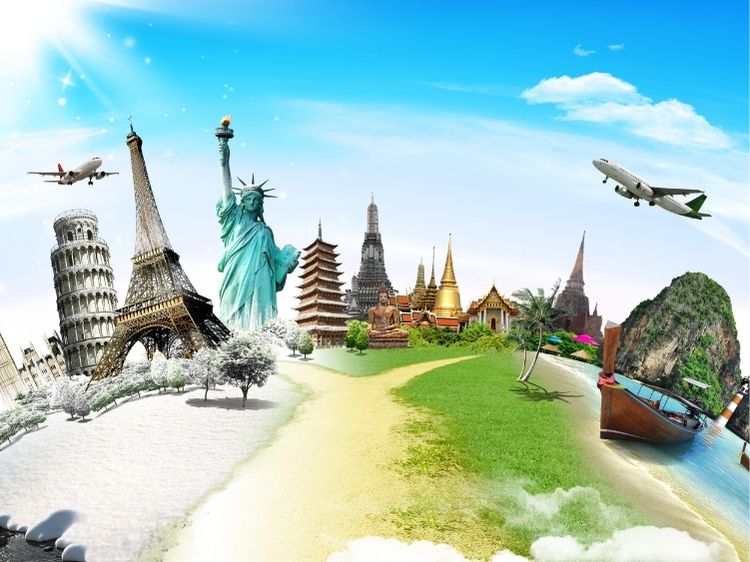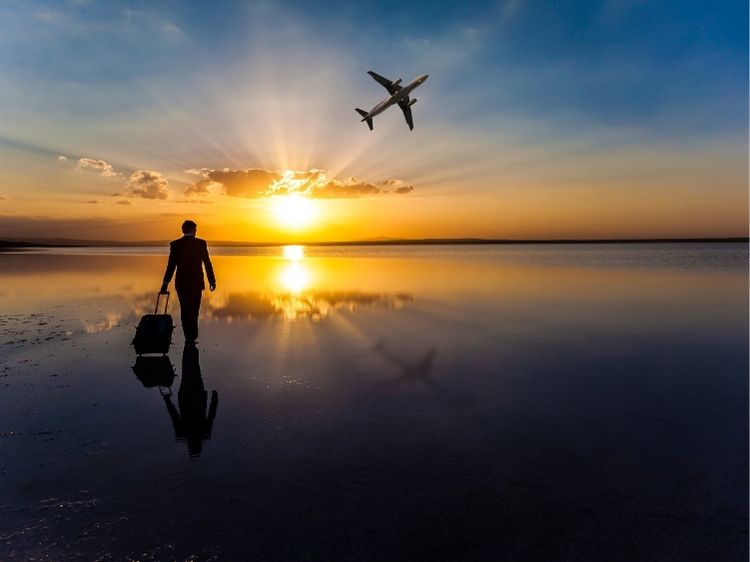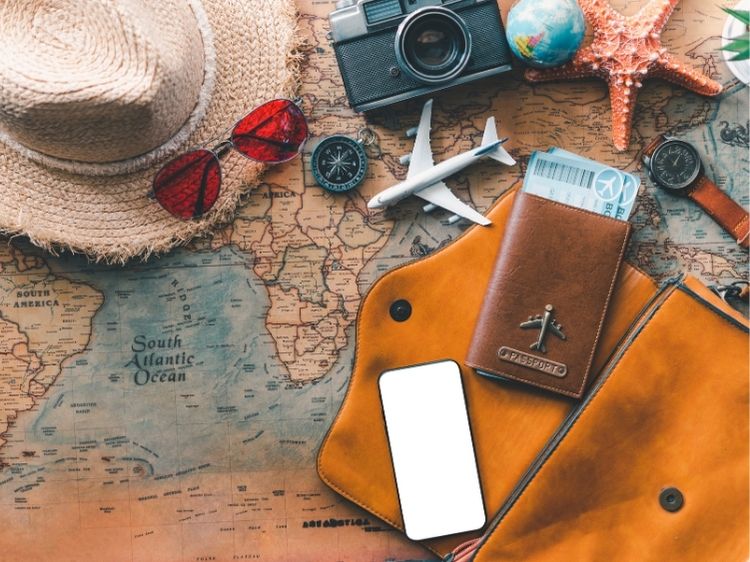Though it may not appear on a map of Pakistan, its territory is vast.
Pakistan has invested heavily in infrastructure which makes traveling around easy for both locals and train travel enthusiasts alike. Buses run between major cities, while minibuses (“coasters”) and Jeeps rule the north. But for long distance journeys–particularly those taking you through the center or south–nothing beats an old-fashioned train trip!
Since British colonial times, Pakistan’s railway network has remained relatively unchanged. Fortified stations remain intact while older trains continue to run strong due to being assigned track by the English. Despite Chinese investment, many tracks across Pakistan remain abandoned today.
Pakistan still boasts an extensive rail network. Traveling by train in Pakistan offers a unique South Asian experience; there are many classes and names to select from, along with unpredictable timings and ticket offices. Plus, there are literally hundreds of stations!
Travelers to Pakistan will be delighted! A comprehensive guide for train travel in Pakistan is now available to assist them.
Finding the Right Train in Pakistan
Are you trying to locate the ideal train in Pakistan? Have no fear – here is where to find it.
First and foremost, if you plan to travel by train, make sure to select the correct train.
Visit Pakistan Railways website to locate your train in the “plan your trip” section. Navigating through the website is relatively straightforward, even if it can be challenging to locate certain information. But if it works for you – great!
Types of Trains
Trains come in a wide variety of styles. From the Green Line train for business class travel between Karachi, Lahore and Islamabad to the historic yet less comfortable Bolan Mail between Karachi-Quetta. Some routes only feature one train while others feature several.
Some trains stop at all stations, while others only at a select few. The names of the trains don’t always reflect the length of a ride – for instance, the Awam Express from Karachi to Lahore takes over a day while the Business Express travels for around 17 hours. So it appears that in Pakistan the concept of an “express” has no set meaning.
Pakistan Railways website provides detailed information about train travel times. With this in mind, you can make an informed decision. Generally, slower trains tend to be slower and less comfortable overall.
Pakistan Railways operates seven classes for its trains. While not all may feature all seven, most usually feature two or three.
Classes may be classified as follows:
- ACSL stands for AC Sleeper
- ACLZ for Business
- AC Standard pertains to AC Standard in ACL
- ISL stands for First Class sleeper
EC stands for Economy Class while SEC Second Class is Second Class in Pakistani trains. While these names may not be easily understandable, we can all take comfort knowing
what each class offers – what can you expect from each one?
ACSL – AC Sleeper
The most luxurious and highest class, the AC Sleeper class offers private compartments shared with up to three other travelers. You can use these compartments as either a bench or bed, depending on which bunk you select – two to four long bunks being shared per compartment. Note that during cold periods in the AC, bring along some blankets just in case!
This class has no train windows and there are few outside vendors selling snacks or chai. All tea and food service is provided by the train staff.
PC – AC Parlour Car
The AC chair class is comfortable and reminiscent of European commuter trains. Unfortunately, these seats cannot recline, making them unsuitable for long distance journeys.
AC Business Class (ACLZ)
Similar to AC sleeping class but shared with more passengers. Each compartment can accommodate six travelers.
ACL – AC Standard
This class, sometimes referred to as “AC Lower,” depends on the train. It can be likened to riding an AC bus with AC for short trips. Furthermore, this class features bunk berths for sleeping during longer journeys.
Sleeper train cars are divided into sections by their open layout. Each section will include six bunks on either side and two down the aisle.
ISL – First Class Sleeper
A standard sleeper compartment with an open-berth coach. In Pakistani railway travel, there are upper and lower bunks running down the track through a train car; AC is not provided.
Economy Class
Similar to First Class Sleeper, but with seats on the sides for sitting rather than sleeping.
SEC – Second Class
Standard train seating arrangements You won’t be shocked to see people sleeping on the ground or sitting down in trains.
Additional Resource:
https://www.travelyesplease.com/travel-blog-five-reasons-we-love-train-travel/
https://www.trenitalia.com/en.html
https://www.greatjourneysnz.com/tours-and-trains/scenic-trains/tranzalpine-train/


